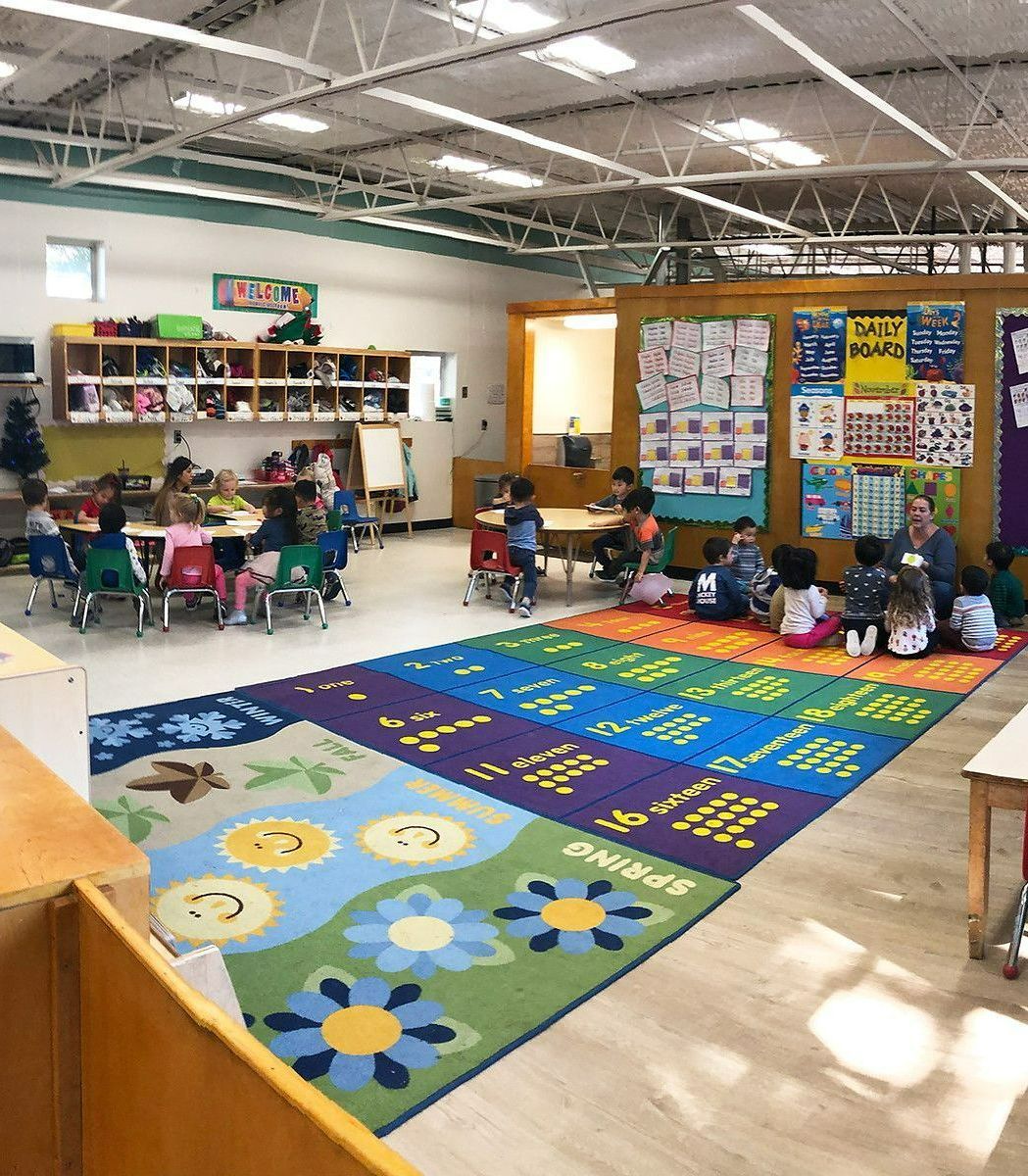It’s Never Too Early to Start Your Child on the Path to Developing Essential Skills and Behaviors
Leaving your newborn infant and toddler in the care of another once your maternity leave has run out can be one of the most emotional and challenging times for a new parent. At Towne & Country, we understand just how important your child is to you and what it takes to feel comfortable leaving them behind when returning to work. That's why our team here at our Diamond Bar, CA, location continuously strives to provide your child with the best care, so while you'd much rather be here with your child, you can rest easy knowing they are receiving the care and attention they need and deserve. If you're interested in enrolling your infant/toddler with us, please call 909-861-9025 so we can discuss our program and facility features with you. Let us be your child's home away from home.
Infant care is currently only available at our Diamond Bar, CA, location.

Setting Your Child on the Right Path With Specialized Goals and Objectives to Build Fundamental Motor and Cognitive Skills
- Gaining the ability to follow simple one-step directions.
- Have a basic vocabulary of at least a few simple nouns.
- Be able to intermingle with other children in indoor and outdoor situations.
- Drink all liquids from a cup, relying less on bottles or pacifiers.
- Have a marked increase in gross motor skills such as jumping in place, walking steadily on a path, alternating use of arms and legs, and imitating simple body movements in a group.
- Have some control of fine motor skills, such as holding a crayon.
- Be able to focus attention on one activity for 2 to 4 minutes.
- Begin to express needs and wants verbally.
Six Reasons to Entrust Your Infant’s Care to the Professionals at Towne & Country
Small Teacher-To-Infant Ratio
Parent-Provided Personal Care Plans
Daily Records of Infant’s Day
Continual Disinfecting and Sanitization
Quiet and Separate Space From Older Children
Colorful and Engaging Environment
For skilled infant care services while you’re at work, call our team at 909-861-9025.
Browse Our Website
Contact Information
Placentia School – 714-524-2780
Email: towneandcountryeec@gmail.com
Diamond Bar School - 909-861-9025
Email: preschooltc2@gmail.com
Diamond Bar School
Monday-Friday 6:30am-6:30pm
Saturday – Sunday Closed
Placentia School
Monday-Friday 7am-6:00pm
Saturday – Sunday Closed
Our Location
Placentia School 201 E. Madison Ave Placentia, CA 92870
Diamond Bar School 21805 Copley Dr. Diamond Bar CA 91765
